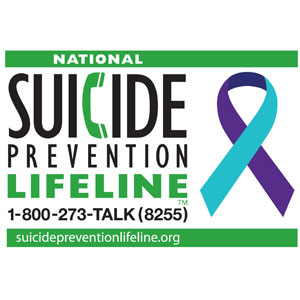Does Occupational Therapy Have a Role in Suicide Prevention?
September is Suicide Prevention awareness month. Of course, this is important every day. The Substance Abuse and Mental Health Services Administration (SAMSHA) has various suicide prevention information and resources available for consumers and for professionals. Did you know that SAMSHA has identified risk and protective factors?
- Mental disorders, particularly mood disorders, schizophrenia, anxiety disorders and certain personality disorders
- Alcohol and other substance use disorders
- Impulsive and/or aggressive tendencies
- History of trauma or abuse
- Major physical illnesses
All of those risk factors above represent clients whom OTs may serve – in various practice settings, many of which are not considered mental health settings. Next, look at the protective factors* below:
- Effective clinical care for mental, physical and substance use disorders
- Strong connections to family and community support
- family may include a sense of duty to care for others or to care for pets
- Support through ongoing medical and mental health care relationships
- Skills in problem solving, conflict resolution and handling problems in a non-violent way
- Cultural and religious beliefs that discourage suicide and support self-preservation
Did you notice anything? Yes, many of the protective factors revolve around meaningful occupational activities and roles, e.g. family & social support, spiritual or faith-based values, caring relationships, and problem-solving or coping skills. OT can address these skills, roles, and factors in any setting. How do you address psychosocial health, coping, and engagement in meaningful occupations for your clients?
*Risk and protective factors are selected from the entire list at www.suicidepreventionlifeline.org. Risk and protective factors are predictive, not absolute.
